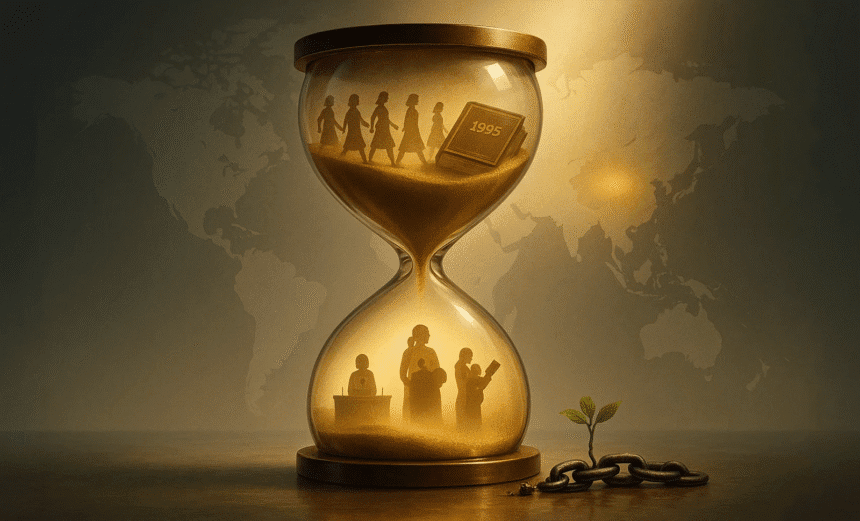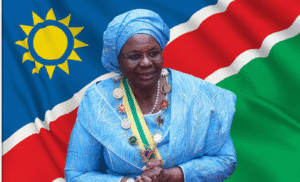The global effort to achieve gender equality reached a milestone this year. Thirty years have passed since the 1995 Beijing Declaration and Platform for Action, a landmark commitment by 189 countries to promote women’s rights across all spheres of life. In that time, the world has witnessed both significant gains and troubling reversals. As the international community reflects on this journey, the question is no longer whether change is needed, but how to ensure that progress is protected and accelerated.
Progress Worth Recognizing
Since 1995, key improvements have transformed the lives of millions of women and girls. According to UN Women, nearly 1,531 legal reforms have been enacted in 189 countries, aimed at dismantling discriminatory laws and policies. Girls’ enrollment in primary and secondary education has reached parity with boys in most regions. Maternal mortality dropped by approximately one third between 2000 and 2015, although that pace has since slowed. In politics, women now hold around 26 percent of parliamentary seats worldwide, up from only 11 percent in 1995.
These achievements are more than symbolic. Countries that have introduced stronger legal protections against domestic violence have seen measurable declines in rates of abuse. Improved access to education and reproductive health services has boosted economic participation and personal agency for women in many developing nations.
Persistent and Emerging Challenges
Despite these advances, progress remains uneven and, in some cases, has stagnated. Maternal mortality rates have plateaued since 2015, with wide disparities across regions. In sub-Saharan Africa, the lifetime risk of maternal death remains 1 in 37, compared to 1 in 7,800 in Europe. Child marriage continues to affect one in five girls globally, with some regions experiencing rising rates due to economic and conflict-related pressures.
Violence against women persists at alarming levels. Over one in eight women aged 15 to 49 has experienced recent physical or sexual violence from a partner. In certain regions, such as parts of Oceania and sub-Saharan Africa, the numbers are far higher.
Economic disparities remain entrenched. Globally, women hold only 30 percent of managerial roles, and their share of senior leadership positions is even lower. At the local government level, representation has barely changed in recent years. The digital gender divide is widening, with women less likely to own mobile devices or access the internet, limiting their participation in digital economies and remote work opportunities.
Broader Implications of Unequal Progress
The consequences of these setbacks are far-reaching. When maternal mortality remains high, it signals systemic failures in healthcare infrastructure that affect entire communities. Widespread gender-based violence erodes trust in public institutions and legal systems. Exclusion from economic and political power limits the diversity of perspectives needed for inclusive decision-making, particularly in crisis response and climate policy.
Emerging threats, including the rise of anti-rights movements and shrinking civic space, put past gains at risk. Nearly one in four governments now reports growing resistance to women’s rights within their borders. Legal reversals on issues like reproductive health and freedom of assembly are becoming more frequent, even in countries that previously led in gender equality.
Beyond rights, there is an economic cost to inaction. The World Bank estimates that closing gender gaps in employment alone could boost global GDP by trillions of dollars annually. Unequal access to education, credit, and technology results in lost innovation and human capital.
What the Next Decade Demands
UN Women’s 30-year review outlines six critical priorities: expanding digital inclusion, reducing poverty, ending gender-based violence, increasing women’s decision-making power, advancing peace and security, and promoting climate justice. However, rhetoric must be matched with resources. Legal reforms require robust implementation and funding. Social protection programs must address intersectional vulnerabilities. National data must be disaggregated and transparently reported to measure progress and hold institutions accountable.
Most importantly, efforts must tackle the root causes of inequality: entrenched patriarchal norms that shape behavior, policy, and public perception. From media campaigns to school curricula and leadership programs, cultural change must accompany legislative action.
A Final Note
The journey since the 1995 Beijing Declaration has been marked by real victories and sobering setbacks. The path ahead requires more than policy reform; it demands political courage, adequate funding, and persistent efforts to shift societal norms. Gender equality cannot remain a rhetorical ideal. It must become a practical foundation for the well-being and sustainability of societies worldwide.














